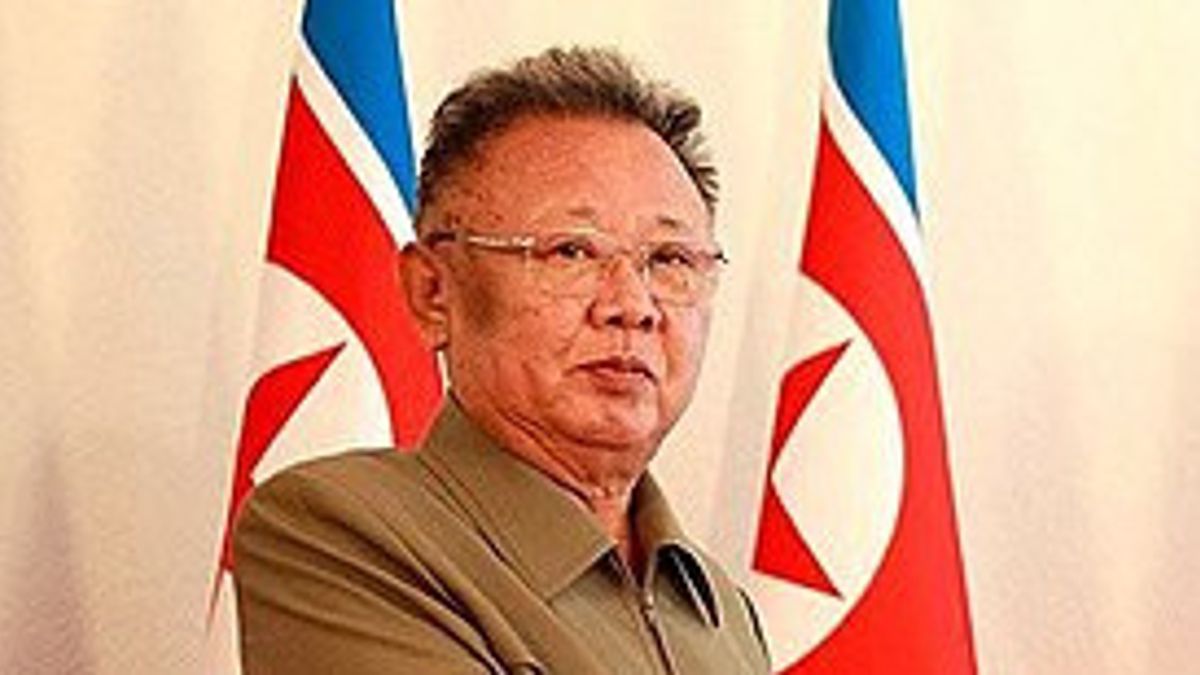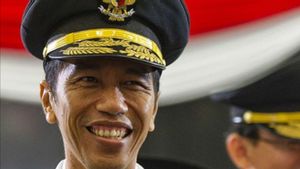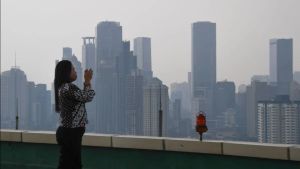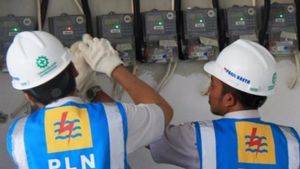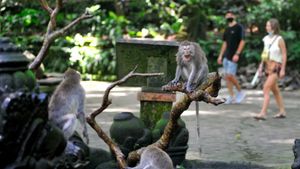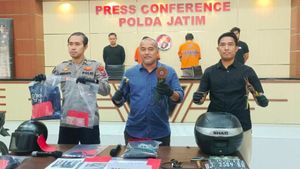JAKARTA - On December 17, 2011, the Supreme Leader of North Korea (North Korea) Kim Jong-il, died of a heart attack while traveling by train. His remains were later embalmed and put on permanent display at the Kumsusan Palace of the Sun in Pyongyang. The leadership of North Korea was then replaced by Kim Jong-un, the youngest son of Kim Jong-il.
Citing Biography, before his death, rumors of Kim Jong-il's deteriorating health were widely heard. In August 2008, a Japanese publication claimed Kim Jong-il had died in 2003 and was replaced with a lookalike for public appearances.
Kim Jong-il also did not appear in public for the Olympic torchlight ceremony in Pyongyang in April 2008. After Kim Jong-il failed to show up for a military parade celebrating North Korea's 60th birthday, US intelligence agencies believe Kim Jong-il is seriously ill and possibly suffered a stroke.
During the fall of 2008, many news sources gave conflicting reports about his condition. North Korea's news agency reported that Kim Jong-il participated in the national elections in March 2009. He unanimously won a seat in the Supreme People's Assembly of the North Korean parliament. The Assembly then confirmed him as chairman of the National Defense Commission.
The news about Kim Jong-il's fluctuating health, possession of nuclear weapons, and his precarious economic condition have made Kim Jong-il's movements continue to be monitored by other countries. Kim Jong-il also had no clear successor to his then regime. His three sons spent most of their lives abroad and no one seemed to support him.

At that time many international experts believed that when Kim Jong-il died, there would be chaos because there seemed to be no clear method for the transfer of power. But because of the North Korean government's penchant for secrecy, this is too difficult to figure out.
But in 2009, news reports revealed that Kim Jong-il planned to appoint his son, Kim Jong-un as his successor. Very little was known about Kim Jong-un until 2010, only one official photo of Kim Jong-un was confirmed, not even his official birth date was disclosed.
Society must mournMillions of North Koreans were reportedly "overwhelmed with indescribable sadness" when they heard the news of Kim Jong-il's death. According to the KNCA report, people gathered and wept openly in Pyongyang. The news of Kim Jong-il's death was announced in an emotional statement on national television. The news anchor, dressed in black, was seen trying to hold back tears when he said that Kim Jong-il died due to physical and mental overwork.
Communist Party members somewhere in North Korea, beat the table and cried loudly. “I can't believe it,” said a party member named Kang Tae-Ho. "How can he leave like this? What should we do?"
"He tried so hard to make our lives much better and he just left," said another Communist Party member. KCNA said people were in so much pain and despair.
This year marks the tenth anniversary of the death of Kim Jong-il. To commemorate this, North Korea has now determined that the country will undergo a period of mourning for ten days.

Quoting Fox News, during the ten days, North Koreans are not allowed to drink alcohol, laugh, or engage in recreational activities. Grocery shopping has also been banned from 17 December for the next ten days.
"In the past many people who were caught drinking or drinking during the mourning period were arrested and treated as ideological criminals," said the resident, who was not named. "They were taken away and never seen again."
In addition, North Koreans cannot perform funeral services or services, and even celebrate birthdays if they coincide with a period of mourning. Another source claims that the police have carried out a similar mandate since the beginning of the month to ensure a suitable atmosphere for the mourning period.
Many events are planned to commemorate the tenth anniversary of Kim Jong-il's death. Some of these events include photography and art exhibitions, concerts, and exhibitions of Kimjongilia, a flower named after Kim Jong-il.
Kim Jong-il leadershipKim Jong-il took over the leadership of North Korea after the death of his father, Kim Il-sung, in 1994. Kim Jong-il is known to rule the Communist country with an iron fist, his isolated repressive regime accused of numerous human rights abuses.
Citing History, soon after Kim Jong-il succeeded his father, North Korea experienced a series of severe famines that killed an estimated 2 million people in the late 1990s. While ordinary citizens suffer economic hardship, Kim Jong-il instead directs a large part of the country's budget towards maintaining the military and developing the nuclear weapons North Korea tested in 2006 and 2009.
Moreover, under Kim Jong-il's totalitarian regime, the media is controlled by the state and the average North Korean has little personal freedom and cannot leave the country.
Those who opposed the government were sent to harsh prison camps. Kim Il-sung and Kim Jong-il are both depicted as gods and their images appear in all public buildings.
*Read other information about TODAY's HISTORY or read other interesting articles from Putri Ainur Islam.
TODAY'S HISTORY MoreThe English, Chinese, Japanese, Arabic, and French versions are automatically generated by the AI. So there may still be inaccuracies in translating, please always see Indonesian as our main language. (system supported by DigitalSiber.id)
